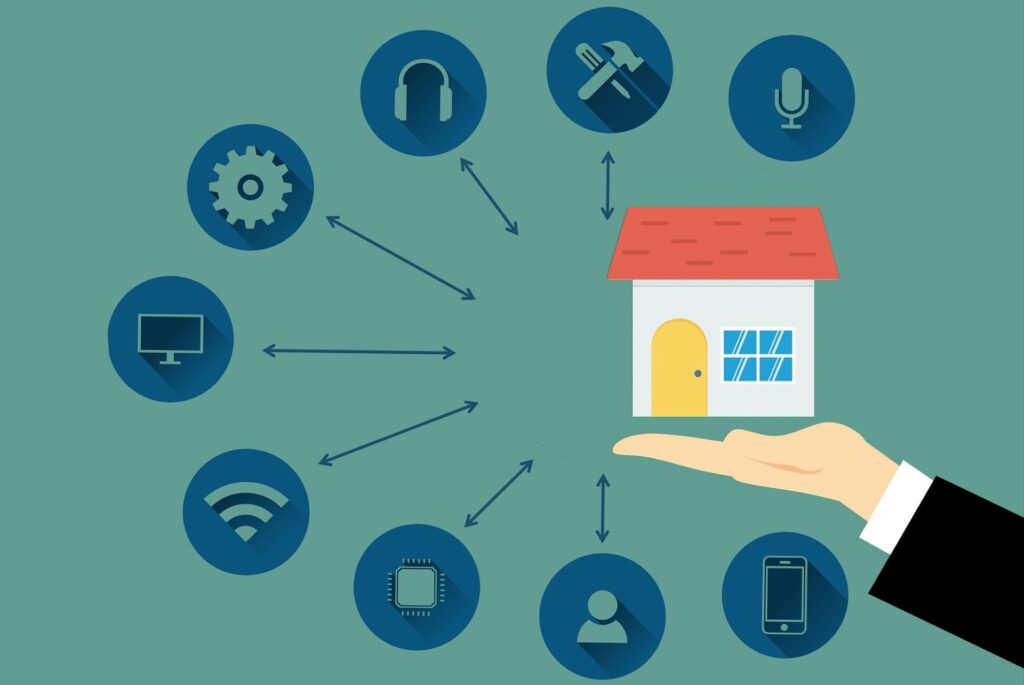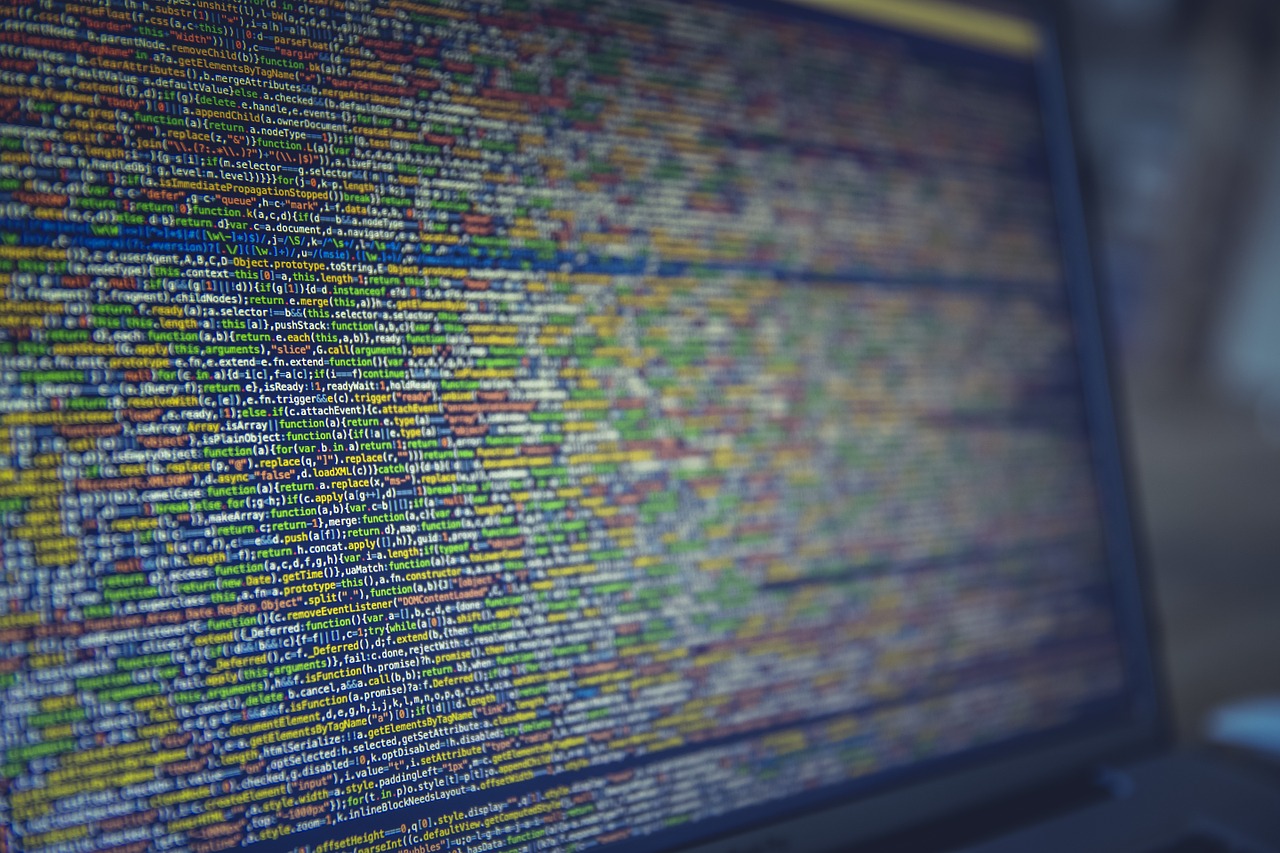Don’t worry, we’re not going to bore you with some dreadful legal analysis of smart contracts and IoT law. There are plenty of articles available by smart lawyers (no pun intended) on the legal aspects that delve into all the details you might want to know about. But when you talk to people in the tech community, you can’t help but feel that there is plenty of confusion, so there clearly is a need to set some things straight and we’ll try to keep this as simple as possible.What’s the issue?
Once upon a time, contracts were pretty easy (of course, they weren’t but for the sake of the argument, let’s pretend they were): two (or more) people agreed something, which was then enforceable somehow by the law of the place. If the contract was broken by one party, the other could sue and a court would look into it. Then came legal entities like corporations that also could make legally binding agreements with people or other legal entities represented by people acting on behalf of it. The typical commercial agreement is about one party promising some goods or services and the other one paying for it in exchange.
Now, digital disruption and technological innovation have moved this legal evolution to the next level: machines “agree” instead of individuals or computers execute contracts without humans interfering. We’re talking about Machine to Machine (M2M) Contracts and Smart Contracts. the first are the basis of IoT agreements, the second the foundation of Blockchain technology. And the question is how these contracts fit into the existing legal framework. Obviously, this could vary from jurisdiction to jurisdiction since there are many difference between countries and their legal system (i.e. is it based on common law that derives from the decisions of courts and alike or is civil law that is based on codifications as the primary source of law?). We’ll try to avoid the differences by looking at it from a more abstract perspective in order to keep the confusion to the minimum, but start with we need to separate the M2M Contracts from the Smart Contracts and you’ll soon see why.
M2M Contracts or the beer ordering fridge
The standard example for M2M Contracts is the fridge that orders things (like beer) for you: this smart fridge automatically tracks the inventory and does online grocery shopping according to your specifications, i.e. you always want to have two bottles of beer, three cups of yogurt, and a jar of that tasty strawberry jam in there. So your fridge regularly takes stock and if it notices the stock of these goods is below the defined minimum, it orders them on the Internet.
The legal issue is: Did your fridge there conclude a contract? Short answer: No. Machines unlike natural persons (=humans) or juridical persons (=corporations, for example) have no legal personhood and aren’t legal entities. Instead, it is the owner of the fridge that is bound by the contract, it’s only the fridge that sends this contract offer to the shop since it is merely a means of communication and it communicates that the fridge’s master needs beer (or yogurt).
What happens though it that fridge is supersmart, i.e. it doesn’t only count the bottles, but also anticipates what its owner might like? If you add artificial intelligence and machine learning to the equation does that change anything? Assume the fridge (or any other IoT device like your car, your Amazon Echo or your Apple Watch) monitors your behaviour, predicts what you may need and orders it accordingly. Are you as the owner still on the hook if the fridge goes awol and orders stuff you won’t need in a hundred years? Well, the answer to this question isn’t as straightforward as in the first scenario: some argue that even though the owner in such a situation does not know the essential of the agreement, he has still given the machine a carte blanche (unless he has defined limits that the machine has breached, in which case it would have been determined who was responsible for the error and could lead to the liability of the manufacturer). Another approach, at least in civil law jurisdictions, could be a modification of existing laws that define this particular issue.
And a third option would be to elevate machines to the same level as humans and corporations by giving them legal personhood. It is an interesting discussion of sorts, at least for legal scholars and alike.
Smart Contracts or the coffee vending machine
The common example to explain the functioning of smart contracts is that of a vending machine: Assume you want to buy one of these horrible coffees you find in public buildings like hospitals. You choose the coffee you want by pushing the respective button and the machine tells you how much you owe. You insert the requested amount in coins (we are disregarding vending machines for ease of explanation). The machine checks the coins, calculates whether the amount is sufficient and sometimes even returns the change. Only upon a positive result of this examination does the machine produce the chosen coffee (in most cases).
Smart Contracts are very similar: the elements of the agreement are translated into computer code and the software manages the various aspects. If, for example, the payment that was agreed has been made, it automatically releases the promised good or service, e.g. a driver can only start his car if the computer determines the timely leasing payment and then unblocks the car. The beauty of smart contracts and blockchain technology is that there are many potential applications. In Financial Services, for example, it could save banks huge amounts in trade clearing and settlement: Smart contracts manage the approval process between the counterparties, calculate the settlement amounts, and transfer the funds automatically. Goldman Sachs estimated that it could save the financial industry around $12 billion globally in clearing and settlement of cash securities alone. Other use cases include payment of bond coupons or dividends: the smart contract automatically calculates and makes periodic payments, in the case of fixed income products returns the principal amount upon expiration of a bond. An actual loan could be coded as a smart contract, including with the collateral ownership information. As a result, if the borrower misses a payment, the smart contract automatically revokes the digital keys that grant his access to the collateral. And that’s only a fraction of the applications where smart contracts could be used in.
However, before we get carried away, let us return to the original issue. Because technically smart contracts aren’t contracts as such. Or as the German government put it in a report last year, the legal classification of a smart contract would not depend on whether it is a smart contract, but rather, what type of action to be performed using a smart contract. In any case, they are based on an underlying agreement and simply implement it to automate its execution. Still, they touch upon various legal problems, for example, what happens when the code of the smart contract contains errors or does not concur with what the parties agree upon in the underlying contract. After all, one of the advantages of a smart contract is that it does not envisage human interaction. As a consequence, it has sparked a lively discussion amongst lawyers, lawmakers and anyone interested in the subject and it certainly does not spell the end of the legal profession.
The Bottom Line
Since we have promised you at the beginning that we would try not to bore you with lengthy legal pondering, we will leave at that point. It is important though to understand the differences between Smart Contracts and M2M contracts as they result in different technical and legal issues. Lawmakers with the input from stakeholders will eventually have to determine how to address them, but a confusion of the different elements is not going to help the dialogue, so a basic understanding might well be useful. After all, nobody wants to open the door to a delivery of a thousand yogurts, right?


Lucid and extremely informative, without digressing from the core. Thank you, Lavanya.